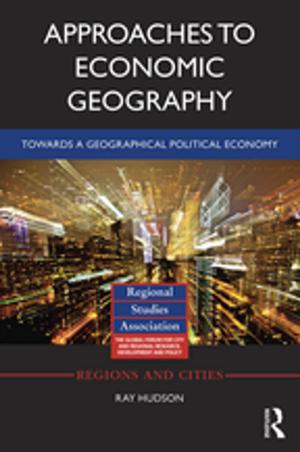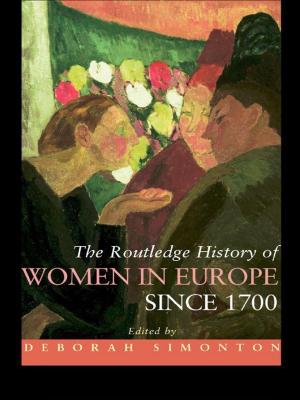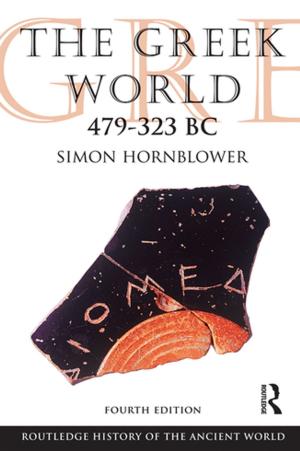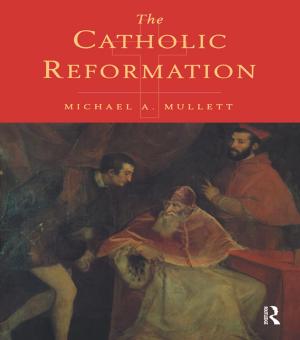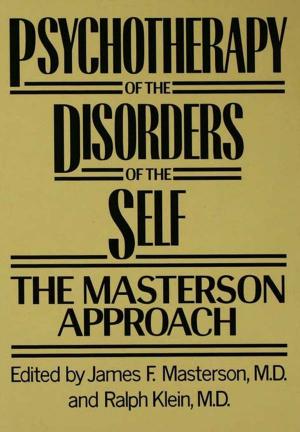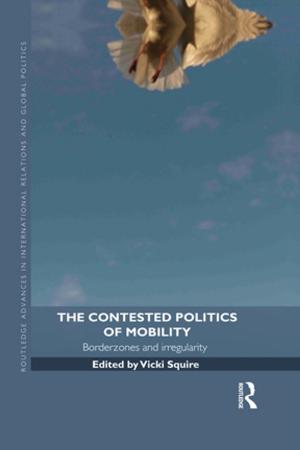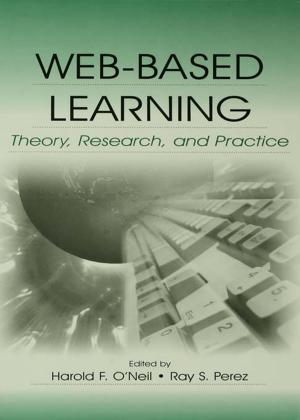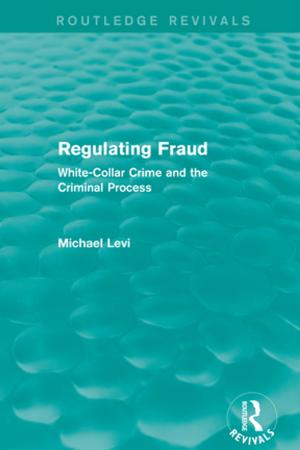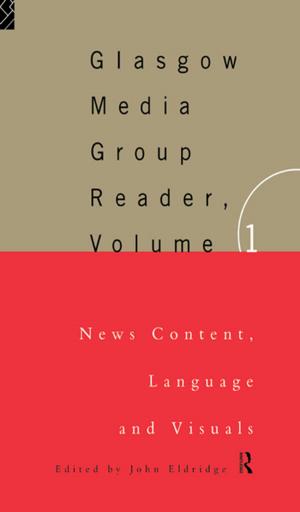Reading Contemporary Serial Television Universes
A Narrative Ecosystem Framework
Nonfiction, Entertainment, Performing Arts, Television, History & Criticism| Author: | ISBN: | 9781351628358 | |
| Publisher: | Taylor and Francis | Publication: | May 25, 2018 |
| Imprint: | Routledge | Language: | English |
| Author: | |
| ISBN: | 9781351628358 |
| Publisher: | Taylor and Francis |
| Publication: | May 25, 2018 |
| Imprint: | Routledge |
| Language: | English |
Reading Contemporary Serial Television Universes provides a new framework—the metaphor of the narrative ecosystem—for the analysis of serial television narratives. Contributors use this metaphor to address the ever-expanding and evolving structure of narratives far beyond their usual spatial and temporal borders, in general and in reference to specific series. Other scholarly approaches consider each narrative as composed of modular elements, which combine to create a bigger picture. The narrative ecosystem approach, on the other hand, argues that each portion of the narrative world contains all of the main elements that characterize the world as a whole, such as narrative tensions, production structures, creative dynamics and functions. The volume details the implications of the narrative ecosystem for narrative theory and the study of seriality, audiences and fandoms, production, and the analysis of the products themselves.
Reading Contemporary Serial Television Universes provides a new framework—the metaphor of the narrative ecosystem—for the analysis of serial television narratives. Contributors use this metaphor to address the ever-expanding and evolving structure of narratives far beyond their usual spatial and temporal borders, in general and in reference to specific series. Other scholarly approaches consider each narrative as composed of modular elements, which combine to create a bigger picture. The narrative ecosystem approach, on the other hand, argues that each portion of the narrative world contains all of the main elements that characterize the world as a whole, such as narrative tensions, production structures, creative dynamics and functions. The volume details the implications of the narrative ecosystem for narrative theory and the study of seriality, audiences and fandoms, production, and the analysis of the products themselves.

